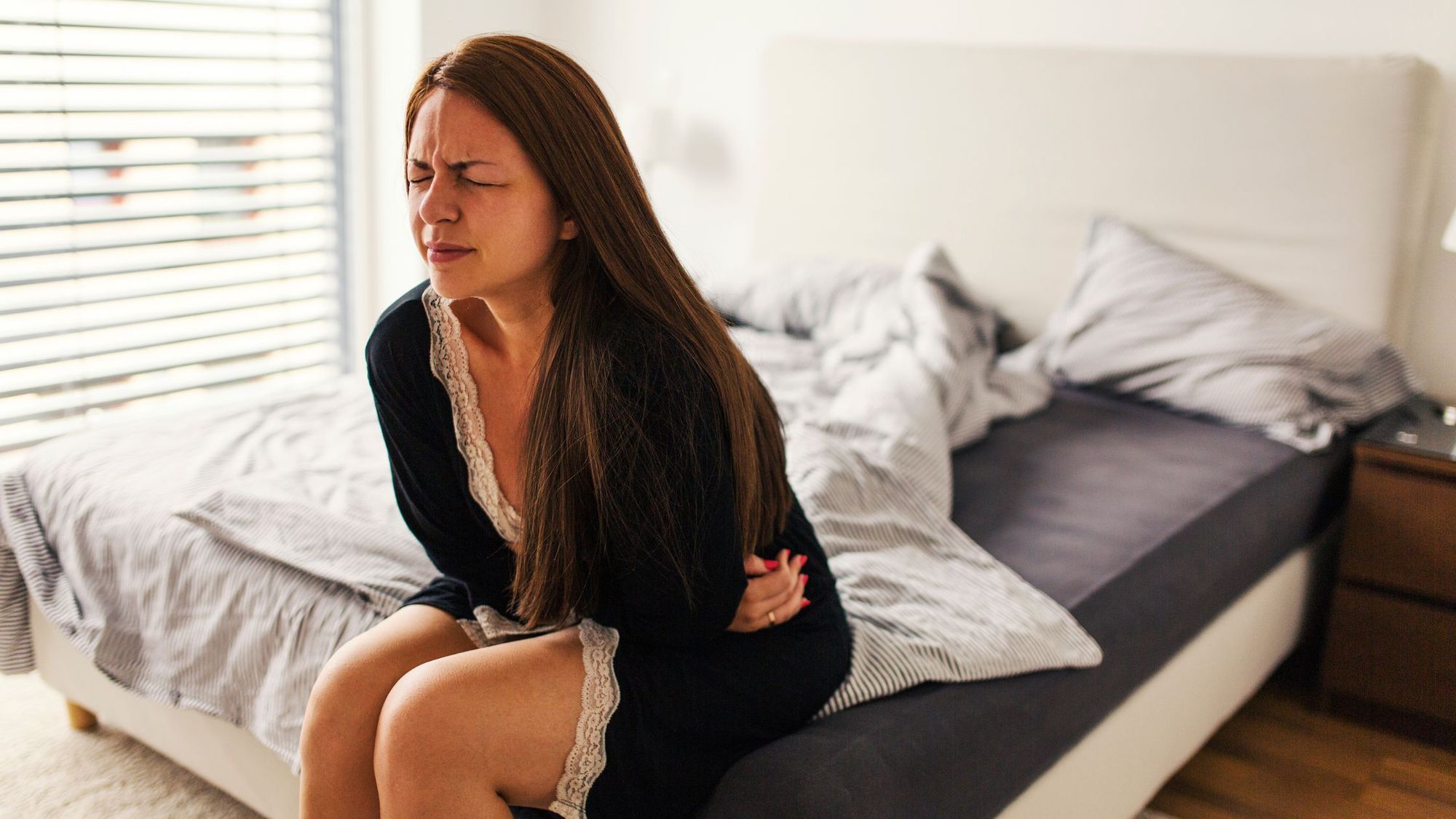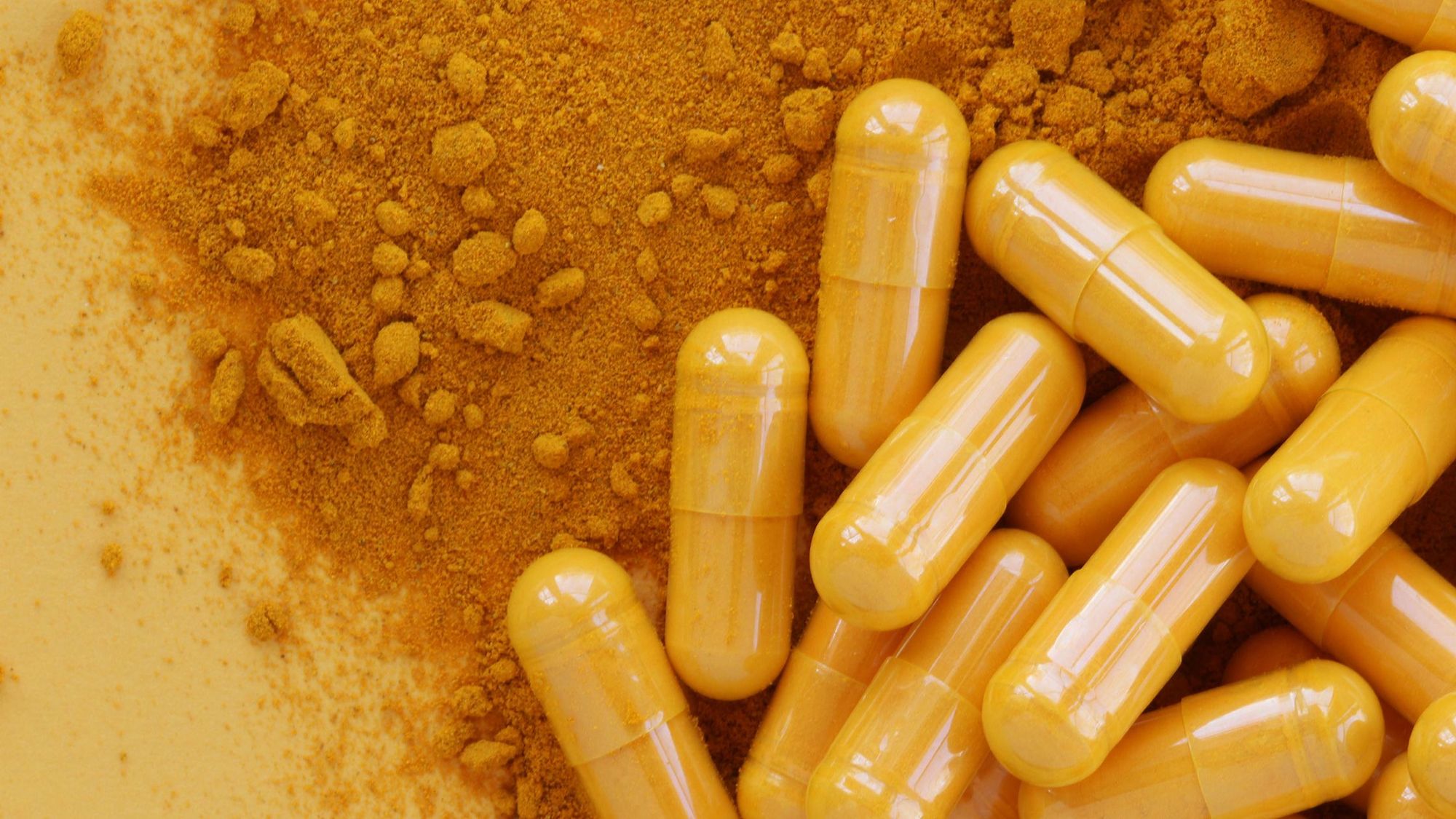
If you’ve experienced menstrual pain, you know how important it is to have a menstrual pain relief plan that works. Menstrual pain, from the period cramps and body aches to the throbbing and dull lower back pain, it’s never comfortable if you’re someone who gets painful periods.
If you haven’t found a menstrual pain relief method that works, it’s possible there are still some remedies you haven’t yet tried.
Period cramps, one of the most common forms of menstrual pain, can feel like anything from mild discomfort to completely debilitating pain that is almost intolerable. Some people get period cramps that are so bad, they’re unable to work, study, focus, or socialize.
Everyone experiences menstrual pain differently, and some people get cramps during their period that are so bad, they’re actually debilitating.
Below are 9 Tips for combatting menstrual pain:

1. Change Birth Control Methods
Some birth control methods result in more painful periods, while other birth control methods can actually act as a form of menstrual pain relief as they can result in less painful periods. Your doctor is the best person to explain this to you in detail, but one thing seems consistent:
Women around the world have consistently reported that birth control pills (oral contraceptive) helped relieve menstrual pain.
While the oral contraceptive pill (birth control pill) can help to reduce period pain and the levels of inflammatory chemicals in the menstrual fluid that cause discomfort, the birth control pill can also result in negative side effects for some people.
The birth control pill is not for everyone, which is why it’s important that we also discuss some menstrual pain relief ideas that are natural remedies, like this next one.
2. Try Ginger for Natural Menstrual Pain Relief
Ginger is an anti-inflammatory remedy that may help relieve period cramps. Ginger is a natural spice in the same family as turmeric. It is also in the curcumin formula I take. Ginger acts on multiple inflammatory pathways: cyclo-oxygenase (COX), which includes PGE2 production; lipo-oxygenase (LOX), which affects tissue overgrowth; and nuclear factor kappa-B. This is the “master switch” for several pathways.
A review of seven clinical studies all demonstrated ginger to be effective in relieving period pain. The study reported that the average pain severity among women taking ginger was 4.81/10, compared to 7.11/10 in the placebo group. They included treatment with ginger alone, and alongside conventional painkillers or exercise. All doses were in the range of 750-2,000mg per day. Even a cup or two of ginger tea can be quite soothing and one of the more common period cramp remedies.
Ginger could be the natural menstrual pain relief option that works for you, but if not, there are other natural remedies out there, like our next tip.

3. Bioavailable Curcumin
A bioavailable curcumin formula is the number one remedy I personally use to keep period cramps at bay. It’s not for everyone, but if I take it every day, I will likely have no pain and minimal clotting. For context, I did not win the genetic lottery, as I have a family history of severe menstrual pain (to the point of vomiting and fainting) and PCOS.
Curcumin, the most-studied phytochemical in turmeric, reduces levels of inflammatory prostaglandins responsible for period pain, in particular PGE2. A study of over 120 young women who regularly suffered from period cramps compared curcumin supplements, both alone and with conventional painkillers, to painkillers alone. In the curcumin-only group, average pain levels fell from 7.14/10 to 5.67/10, a difference of 1.47 points. This is a drop in severity by 20%, or the difference between difficulty with basic tasks and difficulty concentrating. Painkillers and curcumin together had the strongest effect.
Unlike me, the women took curcumin for five days, including two before their periods were meant to start. It may be best to take it long-term in at least some cases, as lab research shows that curcumin can slow the growth of stray uterine cells seen in endometriosis. Besides reducing inflammation, curcumin partially blocks the activity of estrogen. A heavier menstrual period means the uterus must contract more to expel the old lining, meaning more pain.
4. Heat Therapy
A tale as old as time, heat is known for being a natural pain reliever. Heat can relax muscles and also be soothing for body pains in general, especially for period cramps and the back and body pains associated with menstruation.
There are many different ways you can use heat therapy for menstrual pain relief. ‘Magic bags’ which are microwavable and malleable, can be warmed up and placed on the lower abdomen or wherever you’re experiencing cramps or aches.
Alternatively, try putting a warm hot water bottle on your stomach where you’re feeling cramps or soreness, or a plug-in heating pad.
Heat is one of the best period cramp remedies out there.
To get the most out of heat therapy for menstrual pain relief, soak your entire body in a warm bath for 20 minutes. Try breathing deeply while you bathe in the warm, soothing water, which leads us to our next tip:
5. Try Breathing Exercises
Deep breathing, which is also referred to as ‘pranayama’, is an ancient practice that is still promoted by today’s healers.
This is because deep breathing for 15 minutes, and truly focusing on your breathing, can help regulate your heart rate and blood pressure, which helps reduce the brain’s pain response.
You can breathe through the pain and it’ll often make a difference in terms of reducing your discomfort. Here are some excellent breathing exercises.
6. Rosemary
We think of rosemary as a traditional remedy for memory and a flavorful herb in Mediterranean cooking. However, it may also relieve period cramps. Another clinical study on female college students compared rosemary to the painkiller mefenamic acid. These were both taken during the first three days of their periods. The women taking rosemary extract reported a drop in their pain scores from 4/10 to 2.35/10, and a drop in their menstrual bleeding score from 55.21 to 46.30. The painkiller group had roughly the same benefits.
Rosemary, like turmeric and ginger, inhibits the COX-2 inflammatory pathway and reduces PGE2 as a result. Turning down activity of this pathway also means slowing down the growth of the uterine lining each month.
7. Anti-Inflammatory Fatty Acids
In addition to herbal remedies for pain, diet and supplementation can help out too. Fatty acid balance plays an important role in inflammation, and period cramps or inflammation-related period pains are unlikely to be an exception. Omega-3 fatty acids, among others, are converted into anti-inflammatory signaling chemicals, while fats such as arachidonic acid are made into pro-inflammatory chemicals. Because of this, a study comparing fish oil supplementation to a placebo found that the omega-3 rich fish oils reduced the need for painkillers. In one group, the average rescue medication intake was 4.3 ibuprofen tablets with fish oil and 5.3 when they moved to the placebo. In the other, they needed an average of six tablets on the placebo, and 3.2 once they got fish oil.
Anti-inflammatory fatty acids come from oily fish and plant sources. Red meat (at least conventionally-grown meat) is found to have pro-inflammatory fats and processed foods. Some people might notice that eating a pescatarian diet results in reduced or no period pain, with far fewer clots and lighter flow. Sneaking in too much red meat, however, can send some people right back to where I used to be.
8. OTC Medications
Certain over-the-counter (OTC) medications, such as ‘Midol’, are marketed as pain relievers that specifically can reduce period-related pains. However, your local pharmacist might tell you that this is a marketing gimmick, and although ‘Midol’ does work for many people with period pains, a less expensive no-name brand of ibuprofen could work just as well. After all, anti-inflammatory medications such as ibuprofen work to reduce many different types of body pains and aches, and Midol is essentially this in fancier packaging.
9. Yoga
If you want menstrual pain relief, but you don’t like taking medicine of any sort (or the idea of adding another supplement to what you already take), yoga has been proven to be a helpful remedy for period cramps. A review of four studies found that three could demonstrate significant benefits of yoga for period pain management. The one that didn’t show much effect had a short duration of only four weeks. The others ran for 12 weeks, or three cycles.
Yoga is thought to work by releasing endorphins in the brain, which are like a natural painkiller, and yoga also reduces stress hormone levels. As some yoga poses work on the abdominal muscles, strengthening them and improving circulation in this area may play a role in menstrual pain relief as well. We can see this possibility in the stronger effects among longer trials.
Yoga also involves a lot of deep breathing, which is another menstrual pain relief tip in this list.
Experimenting to Find Menstrual Pain Relief
Experimenting with various period pain remedies will help you figure out what works for you. What is effective for some women may not work for others. If your period cramps or back pains are excruciating, be sure to mention this to your doctor.
After all, period cramp symptoms can be a sign of a more serious health problem, especially if they’re very severe. Find out about any health conditions you might have a genetic risk of by taking a CircleDNA test.
References:
- Efficacy of Ginger for Alleviating the Symptoms of Primary Dysmenorrhea: A Systematic Review and Meta-analysis of Randomized Clinical Trials
- https://www.sciencedirect.com/science/article/abs/pii/S2468784720301847?ref=circle-magazine-health-wellness-genetics-blog
- Comparison of Rosemary and Mefenamic Acid Capsules on Menstrual Bleeding and Primary Dysmenorrhea: A Clinical Trial – PMC
- Effect of omega-3 fatty acids on intensity of primary dysmenorrhea: https://pubmed.ncbi.nlm.nih.gov/22261128Yoga for menstrual pain in primary dysmenorrhea: A meta-analysis of randomized controlled trials: https://pubmed.ncbi.nlm.nih.gov/31383452





